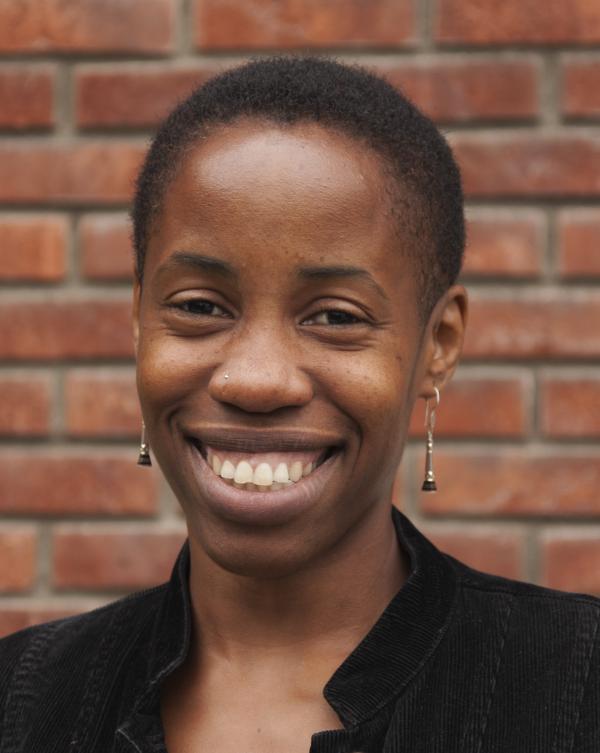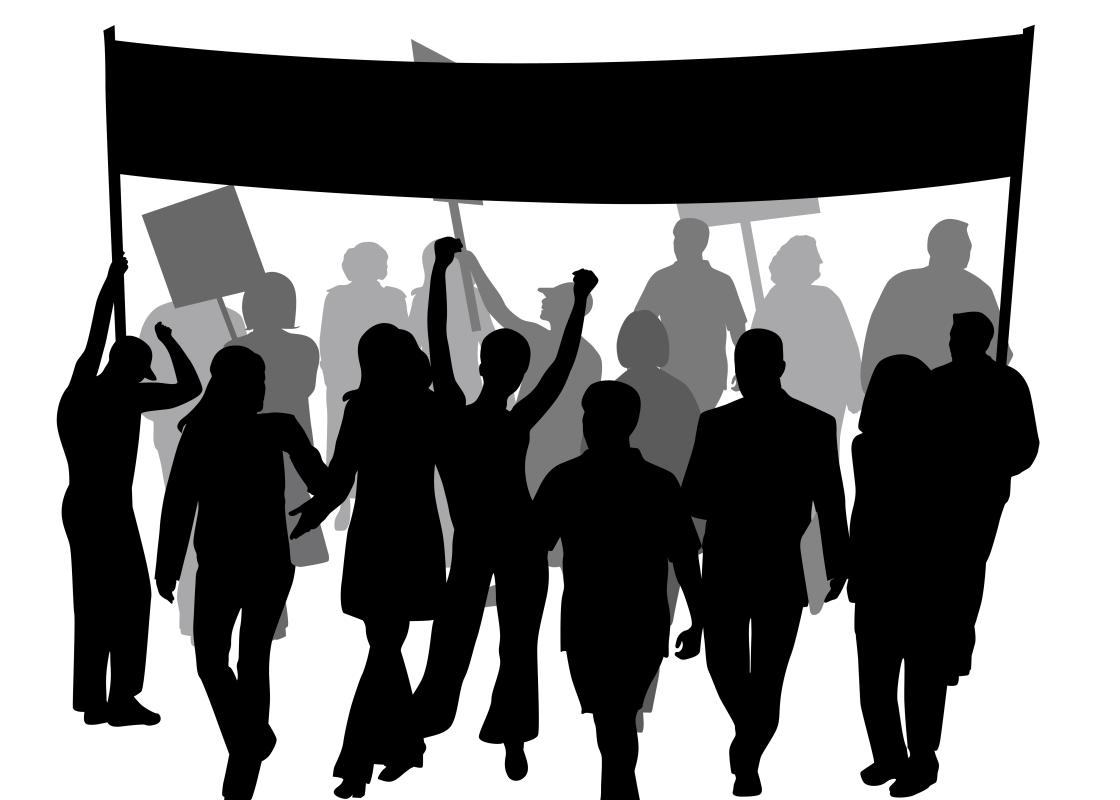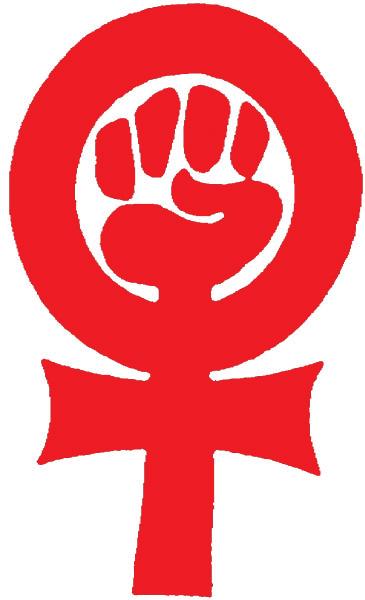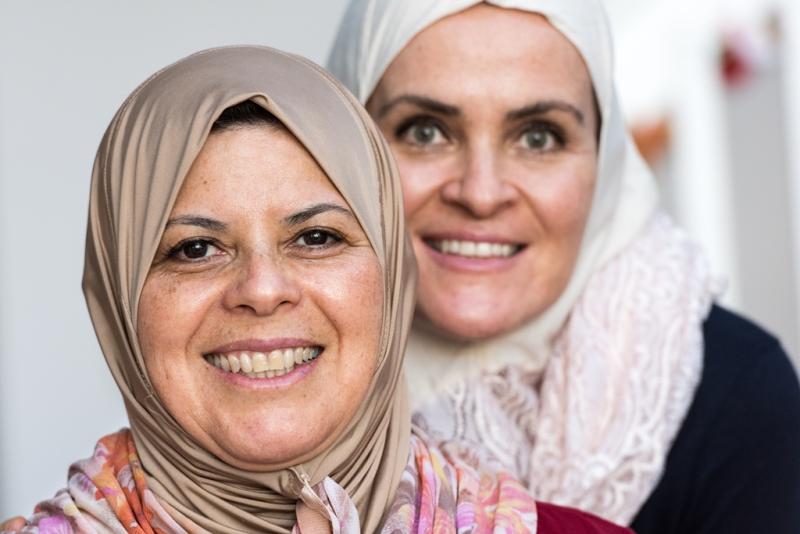“It looks to me like some of the activist drive has been lost over the last 20 years. Has state support dulled the radicalism?”
This question is posed by madeleine kennedy-macfoy, who is studying minority women’s organisations in Norway, Belgium and the UK. She is a postdoc in the EU funded FEMCIT project. To gather her data, she spent three months as a voluntary worker in minority women’s organisations in each of the countries, gathering data both through observation and interviews.
“In Belgium and Norway the state is required by law to support voluntary organisations. Civil society is almost institutionalised as a result. Obviously, we need money to change the world, and I’m not saying that I want to go back to when finding money was an uphill struggle. But the people whose policies, practices and institutions we want to change are now the people giving us money. So maybe it is naïve to expect them to let us do whatever we want with the money? Although the Norwegian state says it wants critical advocacy, its representatives are not stupid. They do have their own position to maintain,” she says.
In all three countries representatives from the organisations told kennedy-macfoy that they are increasingly losing the ability to define their own agendas.
“While this certainly is a real problem, I did experience a lack of desire to find alternatives from the activists. They say that their hands are tied behind their backs due to lack of funding, but my question is, then what? What alternatives are there, that could free your hands? Some of the drive to find solutions seems have been lost.”
Funding dictates priorities
Being dependent on government funding can force the organisations to focus on certain issues, or to take a view on an issue that is in line with the government.
“The framing of female genital mutilation is a good example,” kennedy-macfoy says.
Two of the organisations that kennedy-macfoy researched work on this issue, but there is a difference in the way they frame it: The British organisation has been a pioneering voice since the 1980s, advocating for FGM to be treated as a matter of human rights and women’s rights, and a matter of child protection in many instances. In Norway the organisation’s representatives took a line that seemed closer to policy makers’ linking of FGM to the specificity of certain immigrant communities’ ‘culture’.
“This feeds into stereotypes about immigrants and minorities, which position ‘them’ as backward, barbaric, in comparison with the gender equal (Norwegian) ‘us’. Both organisations shared the aim of eradicating the practice of FGM, in European countries, as well as in Africa.”
However, according to kennedy-macfoy, there was less of a critical edge to the Norwegian organisation’s work.
“But is it not possible to see it as a human rights issue and a cultural practice at the same time?”
“Yes, of course, cultural practices can be in violation of human rights, and that is the view in a number of international conventions. However, in the UK, organisations working on FGM have worked hard to show the dangers of putting forward the cultural argument as the only explanation for FGM: First because empirical research has shown that it is also an economic practice; and as an aspect of patriarchal domination of women through the control of their bodies, it is no more ‘cultural’ than other societal pressures that are brought to bear on the shape, size and appearance of women’s bodies the world over. Second the cultural argument is facile and over-simplified: it feeds into stereotypical thinking about minority communities and can lead medical practitioners, social workers and other ‘frontline’ workers, and until 20 or so years ago, also legislators, to not take appropriate action.”
kennedy-macfoy suggests that the choice of framework might have to do with funding:
“Norwegian organisations might feel a need to frame their issues in a way that will ensure further funding. The UK organisations are older, and started out without government funding. They were thus free to choose their approach.”
No continuity
Another problem that arises from the dependence on state funding is lack of continuity.

“The Norwegian organisation that I researched ran a successful project about mental health in African communities. Through this work the activists realised the importance of this issue, and they gained knowledge and experience. But when the money ran out, the focus of the government had changed, and the project did not get further funding.”
Defining new projects meets with the same problem: The organisation also wanted to work on minority women’s leadership in Norway, as they are concerned with the fact that young minority and immigrant women lack good role models. But they find it impossible to get funding for this.
Add nuance and feed-back
However, minority organisations also feel that it is important to address issues that the government is focusing on, like female genital mutilation and forced marriages.
“These issues relate to the immigrant population and women in particular, but governments frame it in a way that is not representative of lived experiences of my informants, or in line with the view of the organisations. So they want to give it the nuances and complexity that they feel policy discourses are lacking.”
“When laws are in place, activists find that they are the ones pushing for the laws to be fully implemented. They develop an expertise and give feed-back to the government on the extent to which the laws are working,” kennedy-macfoy says.
Their own voice
The activists kennedy-macfoy interviewed all define themselves as feminists.
“Why did minority women feel the need to establish organisations separately from majority organisations?”
“They felt that majority feminist organisations do not address the issues of minority women, or if they do, they tend to want to speak for them, not with them. And the more general organisations for immigrant groups tend not to focus on women’s issues. So they started the organisations because of the need to speak with their own voice.”
Some of the women in the Norwegian organisation that kennedy-macfoy studied were quite angry about the result of cooperating with majority women. Their experience was that majority activists listened to minority women, and then used the information to get funding for their own projects. In Belgium the experience was slightly different: Minority women felt that their issues were not taken seriously, and that the majority women were the gate-keepers in defining what feminism should mean.
Whose agenda?
“In both Oslo and Brussels I was surprised to find a ‘disconnect’ between the way the organisations wanted to frame certain issues versus the lived experiences of the women they wanted to serve,” kennedy-macfoy says.
She observed this while taking part in activities in Oslo. In Brussels, one of the activists herself reflected on the issue:
“The organisations define themselves as feminist. But as one of the activists I talked to in Brussels said: Do the women who come to use their services buy into this agenda? And how much room is there for them to define their own ideas of what feminism might mean? The activists have the power to define, and for the users to oppose that agenda would be for them to ‘to bite the hand that feeds.’”
madeleine kennedy-macfoy has a postdoc position connected to the FEMCIT project. This large EU funded project studied the relationship between the changing forms and practices of gendered citizenship in a multicultural Europe and the demands and practices of contemporary women’s movements.
kennedy-macfoy has a PhD in Sociology from Goldsmiths, University of London.
Forthcoming publications:
kennedy-macfoy, m. ‘“Struggling to be recognised as belonging to the fauna of Norway”: On Being black Norwegian Women’, in M. McEachrane (ed.) Afro-Nordic Landscapes: Engaging Blackness in Northern Europe. Routledge.
kennedy-macfoy, m. ‘Remaking multi-layered citizenship from the margins: examples from migrant and minoritised women’s organizations’, in Halsaa, B., Roseneil, S. & Sümer, S. Remaking Citizenship in Multicultural Europe: women’s movements, gender and diversity. Basingstoke: Palgrave Macmillan.
FEMCIT (Gendered Citizenship in Multicultural Europe: The Impact of Contemporary Women’s Movements) is a research project funded under the EU Sixth Framework Programme. The project is interdisciplinary and has involved 15 partners from 11 European countries. The research began in 2007, and the concluding conference was held in January 2011. The project has examined how citizenship is gendered and how women, as ordinary citizens and activists, have been involved in influencing, challenging and changing women’s and men’s participation in society throughout Europe.



